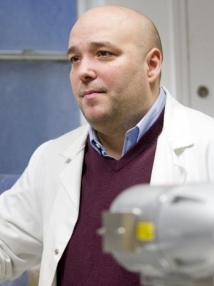BibTex format
@article{Karamdad:2018:10.1039/C7SC04309K,
author = {Karamdad, K and Hindley, J and Friddin, MS and Bolognesi, G and Law, RV and Brooks, NJ and Ces, O and Elani, Y},
doi = {10.1039/C7SC04309K},
journal = {Chemical Science},
pages = {4851--4858},
title = {Engineering thermoresponsive phase separated vesicles formed via emulsion phase transfer as a content-release platform},
url = {http://dx.doi.org/10.1039/C7SC04309K},
volume = {9},
year = {2018}
}

